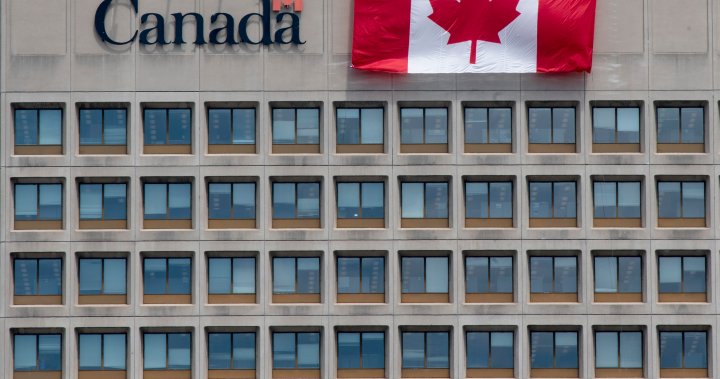In the shadow of Canada’s escalating housing crisis, billions of dollars in federal properties sit vacant and deteriorating while thousands of Canadians struggle to find affordable homes. A scathing new report from Auditor General Karen Hogan reveals a troubling disconnect between the government’s housing priorities and its management of unused federal real estate.
“These buildings represent a significant missed opportunity,” Hogan stated during a press conference in Ottawa yesterday. “At a time when affordable housing is increasingly scarce across Canadian communities, these properties could be serving Canadians rather than sitting empty and costing taxpayers millions in maintenance fees.”
The audit examined over 8,500 properties managed by Public Services and Procurement Canada (PSPC) and found that approximately 2,800 buildings—roughly one-third of the portfolio—are currently unoccupied. More alarming still, many have remained vacant for over a decade, with maintenance costs exceeding $25 million annually.
Housing advocates have long argued that these properties represent a critical untapped resource. Sarah Richardson, executive director of Housing First Canada, called the findings “deeply frustrating but not surprising.”
“We’ve been pointing to these buildings for years as potential solutions,” Richardson told CO24 News. “Converting even 20% of these properties could create thousands of affordable housing units in communities where they’re desperately needed.”
The report highlights several concerning cases, including a former government office building in downtown Toronto that has sat empty for 15 years despite being located in one of Canada’s most expensive housing markets. In Vancouver, three federally-owned properties near transit routes have remained vacant since 2018, accumulating over $3.2 million in security and maintenance costs.
Minister of Housing Sean Fraser acknowledged the report’s findings, calling them “a wake-up call” for better coordination between departments. “We need to break down the silos between our housing strategy and federal property management,” Fraser said at a Canada News briefing. “I’ve directed my department to work closely with PSPC to identify properties suitable for conversion to housing on an accelerated timeline.”
The audit reveals systemic issues in how the government tracks and manages its real estate portfolio. According to Hogan, the current property database is outdated, with inconsistent information about building conditions, potential uses, and even accurate locations in some cases.
Financial analysts estimate the total value of these vacant properties exceeds $4.7 billion, representing both a significant asset and liability on the government’s balance sheet. The CO24 Business desk reports that private developers have expressed interest in public-private partnerships to convert these properties, but bureaucratic hurdles have stalled progress.
Opposition critics were quick to respond to the report. Conservative housing critic Scott Aitchison called it “a damning indictment of government incompetence,” while NDP housing critic Jenny Kwan described it as “further evidence that the government’s housing strategy exists more on paper than in practice.”
The report comes as Canada faces its most severe housing affordability crisis in decades. Recent data from the Canada Mortgage and Housing Corporation shows rental vacancy rates below 2% in major urban centers, with average rents increasing by over 8% nationally in the past year.
Urban planning experts suggest that federal buildings are particularly well-suited for conversion to housing due to their typical location near public transportation and existing infrastructure. Dr. Patricia Streich, professor of urban planning at the University of Toronto, notes that “many of these buildings are in exactly the locations where we should be intensifying housing—near transit, services, and employment opportunities.”
As Canada grapples with housing shortages that affect nearly every community from major urban centers to small towns, the question remains: how much longer can we afford to let valuable public assets sit empty while Canadians struggle to find homes they can afford?










